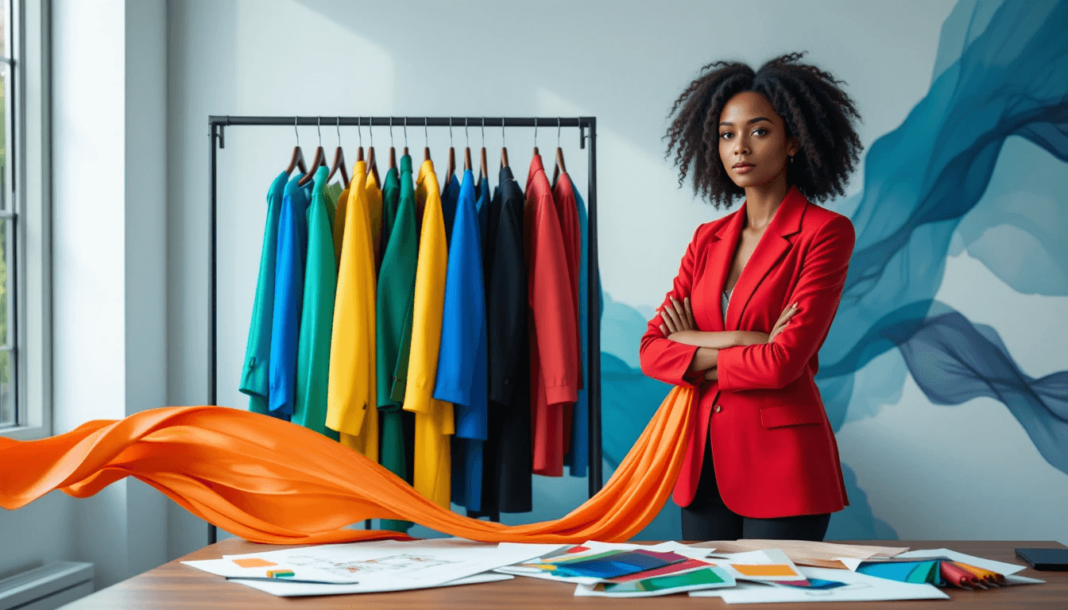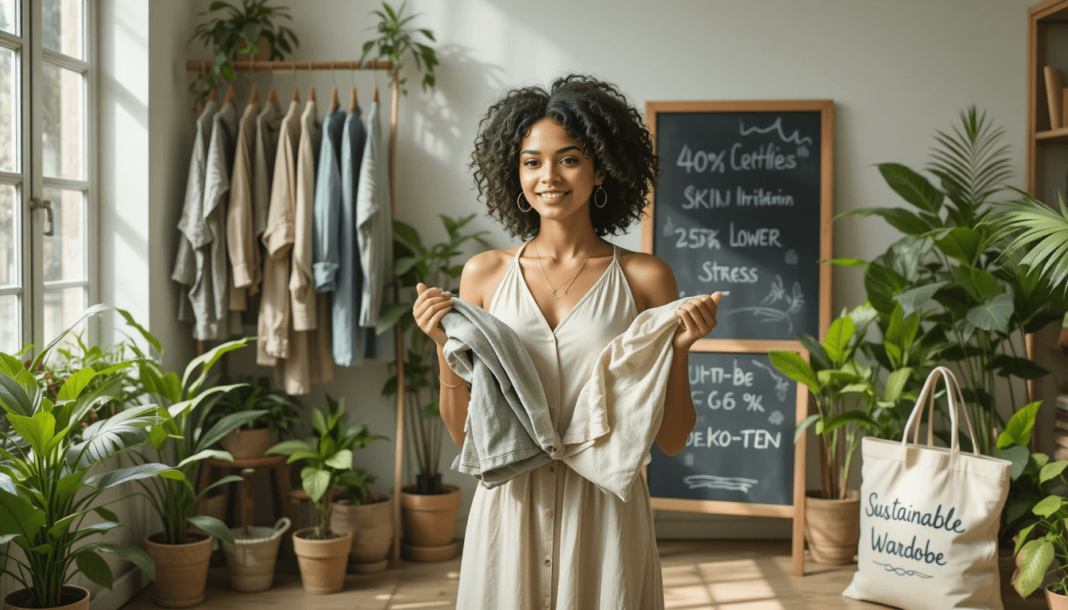Why does a crimson dress make you feel unstoppable, while a sage-green sweater soothes your stress? The answer lies in the psychology of color in fashion and mood impact—a blend of science, culture, and style. This guide dives into how colors influence emotions, perceptions, and even decisions, helping you craft a mood-driven wardrobe.
Color Psychology in Fashion: How Hues Dictate Feelings
The psychology of color in fashion isn’t just theory—it’s a tool to amplify your emotional intent. Here’s how shades shape your mindset:
🔴 Warm Tones: Energize and Empower
- Red: Sparks confidence and urgency (wear for presentations or first dates).
- Orange: Radiates enthusiasm and warmth (ideal for social gatherings).
- Yellow: Boosts creativity and optimism (perfect for brainstorming days).
🔵 Cool Tones: Calm and Connect
- Blue: Lowers stress and signals trust (opt for navy in professional settings).
- Green: Promotes balance and renewal (try olive for grounding outfits).
- Purple: Inspires luxury and creativity (lavender adds dreamy elegance).
⚫ Neutrals: Timeless and Versatile
- Black: Exudes authority and sophistication (a power-suit staple).
- White: Embodies clarity and simplicity (ideal for minimalist aesthetics).
The Science of Color Psychology in Fashion
Research confirms the mood impact of fashion colors:
- A Journal of Environmental Psychology study found red increases attention to detail, while blue enhances creative thinking.
- According to Forbes, 85% of shoppers base purchase decisions on color.
Cultural context deepens color symbolism:
- In China, red symbolizes luck, while Western brands like Coca-Cola use it to evoke excitement.
- Tiffany & Co.’s iconic blue packaging taps into associations with calm and exclusivity.
Mood-Driven Dressing: Applying Color Psychology
Use these actionable tips to align your outfits with your emotional goals:
1. Power Outfits for Confidence
- Pair a ruby-red blazer with black trousers for authority.
- Add metallic gold jewelry to amplify warmth.
2. Relaxation-Ready Ensembles
- Choose soft blue denim and ivory knits for laid-back weekends.
3. Social Magnetism with Color
- Throw on a coral-orange scarf to spark conversations at parties.
Style Hack: Use the 60-30-10 rule: 60% base color, 30% secondary, 10% accent.
How Fashion Brands Master Color Psychology
Top brands leverage color psychology in fashion to influence behavior:
Glossier: Millennial pink evokes approachable luxury.
Nike: Uses bold reds in campaigns to motivate action.
Patagonia: Earthy greens align with eco-conscious values.
Key Takeaways for Mood-Impact Fashion
- Red = Confidence | Blue = Calm | Green = Balance
- Cultural meanings shape color perception (e.g., white for purity vs. mourning).
- Neutrals like black and white offer timeless versatility.
Ready to Harness Color Psychology?
Now that you’ve unlocked the psychology of color in fashion and mood impact, experiment with hues that mirror your goals. Share your favorite color combo below, or tag us on Instagram with #MoodDrivenStyle. For a deep dive, grab our free Color Psychology Workbook.
Your wardrobe isn’t just fabric—it’s a mood toolkit. Dress with purpose.




